And so, like some sort of rolling zombie from The Walking Dead, the KGM SsangYong Torres is back parked out the front of my house, although having undergone a quick costume change that's seen its Iron Metal paint job swapped for Space Black.
I thought our time together was done, after the long-termer I'd been driving (a pre-production version, KGM tells me) suffered a whole heap of tech gremlins that made it genuinely impossible to drive.
A quick recap (but for more, read instalments one and two); things started swimmingly enough with the Torres, but then the central screen and driver information display started blacking out, initially for a minute or two, and then eventually for entire trips.
That means I had no speedo, no map, no fuel gauge and – admittedly less crucially – no entertainment. Then the problems spread, with warning signs popping up, Apple CarPlay failing (when the screen was working) and the start/stop function giving up.
KGM said a software update was required, and so trucked the Torres off to complete it. What happened to my example from there is something of a mystery, but to KGM's credit, they shipped another one back – this time finished in black – so we could round out our three long-term pieces with a fully working model.
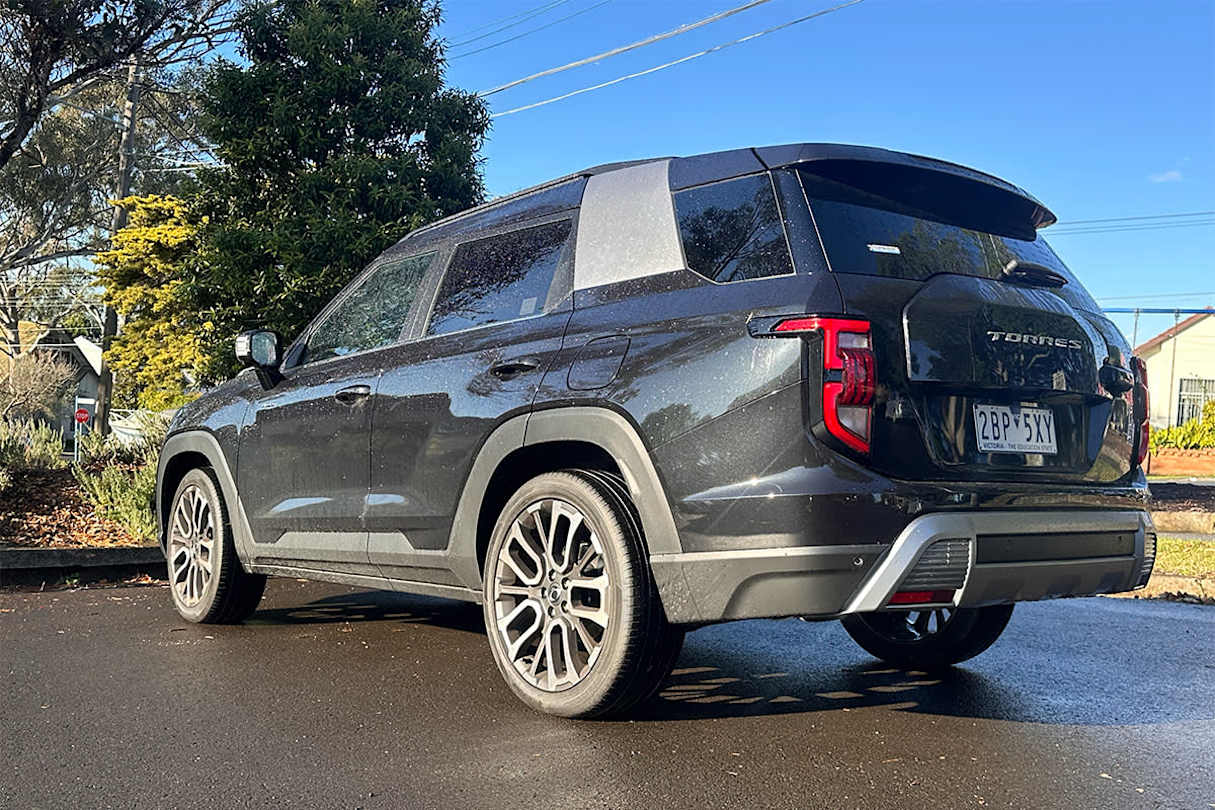
So, where are we at? There's little doubting the Torres' key selling points. For one, it's pretty big on space. KGM bills it as a "full-sized medium SUV with a bigger boot", and it's true that the cargo room is pretty solid.
There is a total 1526 litres on offer, including a multi-level boot space. But even with the rear seats in place you'll find 465 litres. That's a little more than you'd find in the Mazda CX-5, but less than a Toyota RAV4 Hybrid. Solid, if not game-changing, storage then.
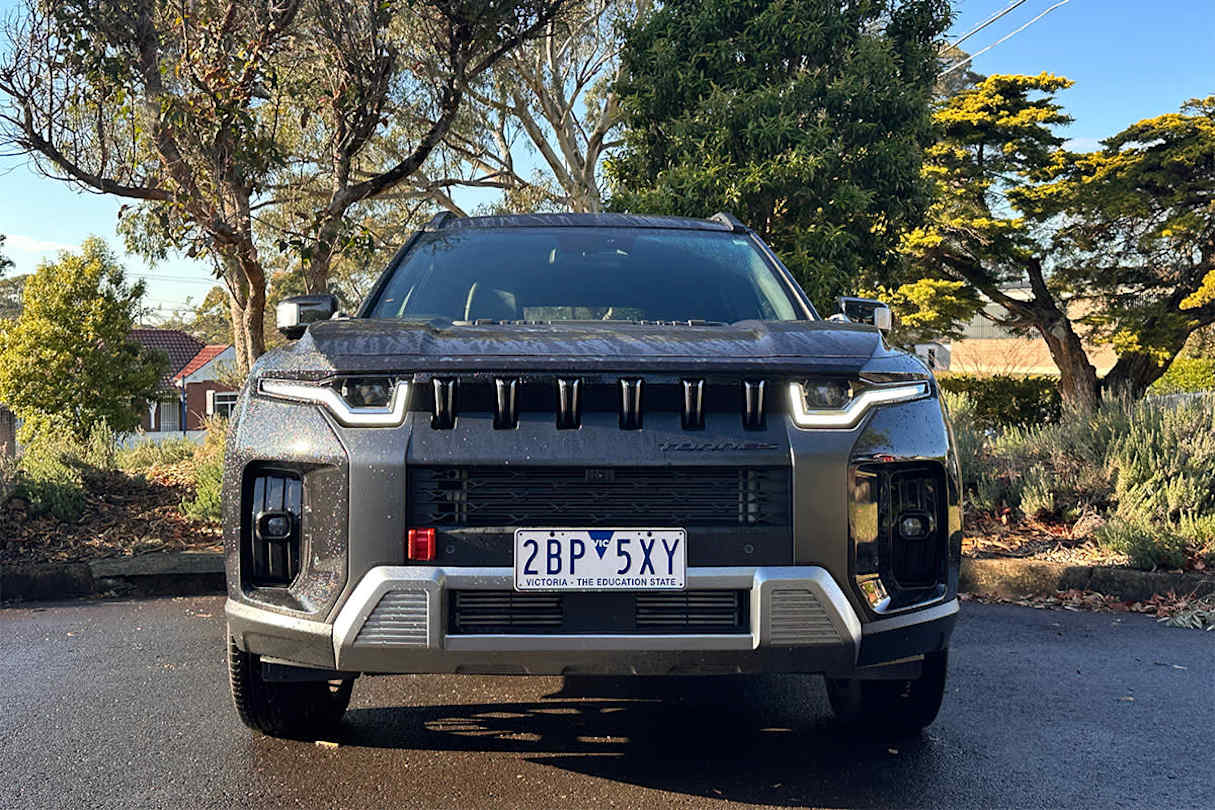
Warranty is a similar story for the Torres as well, with the brand matching Kia's seven-year, unlimited-kilometre coverage. That too is solid, if not game-changing, because while it's bang on the money for a Korean brand, it's now beaten by some Chinese brands, and Nissan, for that matter.
Where there is a clear advantage, though, is price. When I first started penning these pieces, back with my first Torres, my Ultimate was the most expensive option, priced at $47,000 drive-away. There was also the Adventure ($43,000 DA) and the ELX ($38,000 DA) in the family.
Now, though, those prices have shifted, with the range stepping from $35,900 for the ELX, $39,990 for the Adventure, and $42,900 for our Ultimate. All those prices are drive-away, by the way.
That's sharp money for the other, other Korean brand, with the Torres now hovering closer to the cheaper Chinese brands.
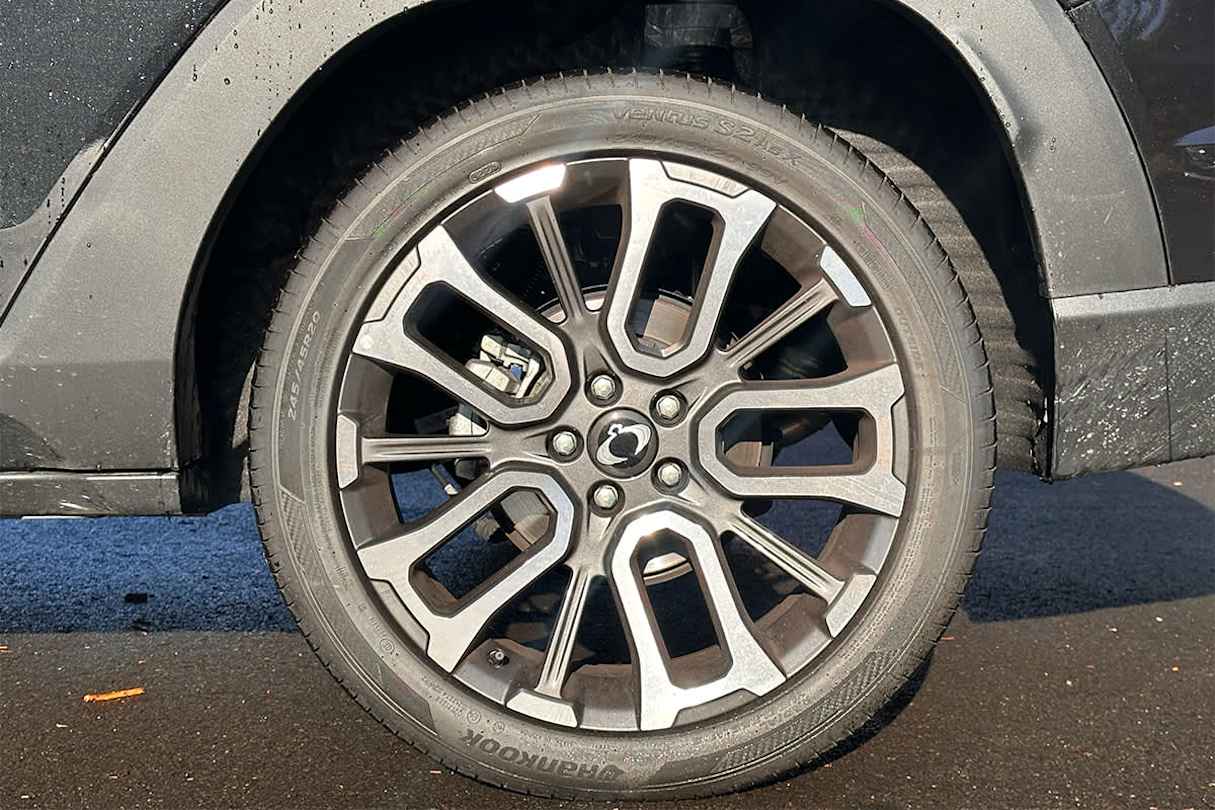
That really works in its favour, too, because, to be honest, and despite its nationality, the Torres isn't quite on par with its siblings from Kia and Hyundai, but it does make a very solid case against some of the newcomer Chinese brands.
And that basically sums up my experience with both examples of the Torres – good in most cases, just not always great. I still think the lumpy power delivery owing to that turbo could be smoothed out, some of the tech — even when fully functioning — can be cumbersome and the fuel use isn’t always great (the test car I’ve got now has been averaging some 12 litres per hundred kilometres).
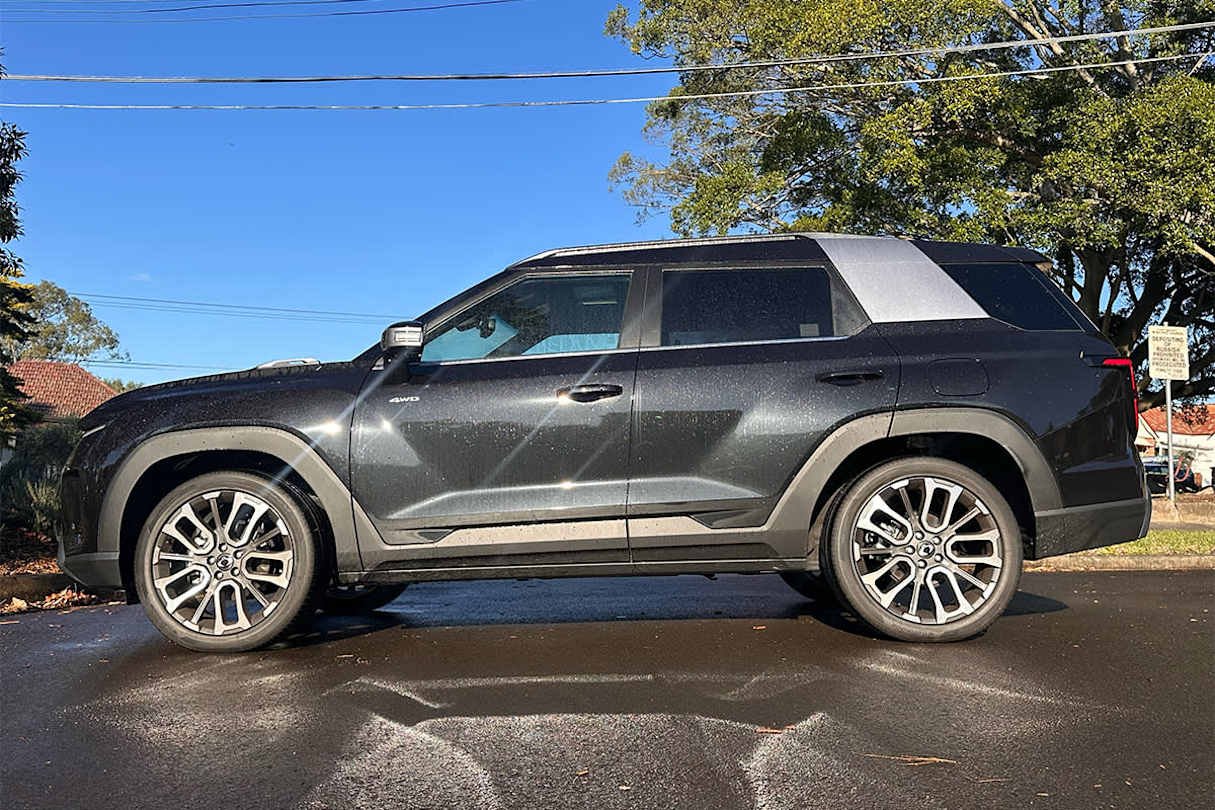
But it looks good, is now well priced, has a solid warranty offer and has plenty of equipment and decent levels of storage. I also think it steers better than some of its Chinese competitors, too, lumpy acceleration aside.
And, just for the record, the tech stuff, while fiddly, looks great when fully functioning. And it’s nice to have a speedometer again, too…
Acquired: April, 2025
Distance travelled this month: 389km
Odometer: 4862km
Average fuel consumption this month: 12.1L/100km
KGM Ssangyong Torres 2025: Ultimate
| Engine Type | Inline 4, 1.5L |
|---|---|
| Fuel Type | Unleaded Petrol |
| Fuel Efficiency | 7.9L/100km (combined) |
| Seating | 5 |
| Price From | $44,500 |
Verdict
A solid offering in the mid-size SUV, our final gremlin-free Torres finally showed the KGM in its best light. Sharp pricing now rightly pits it against Chinese newcomers, rather than the established Korean brands, which feels like a much fairer fight.





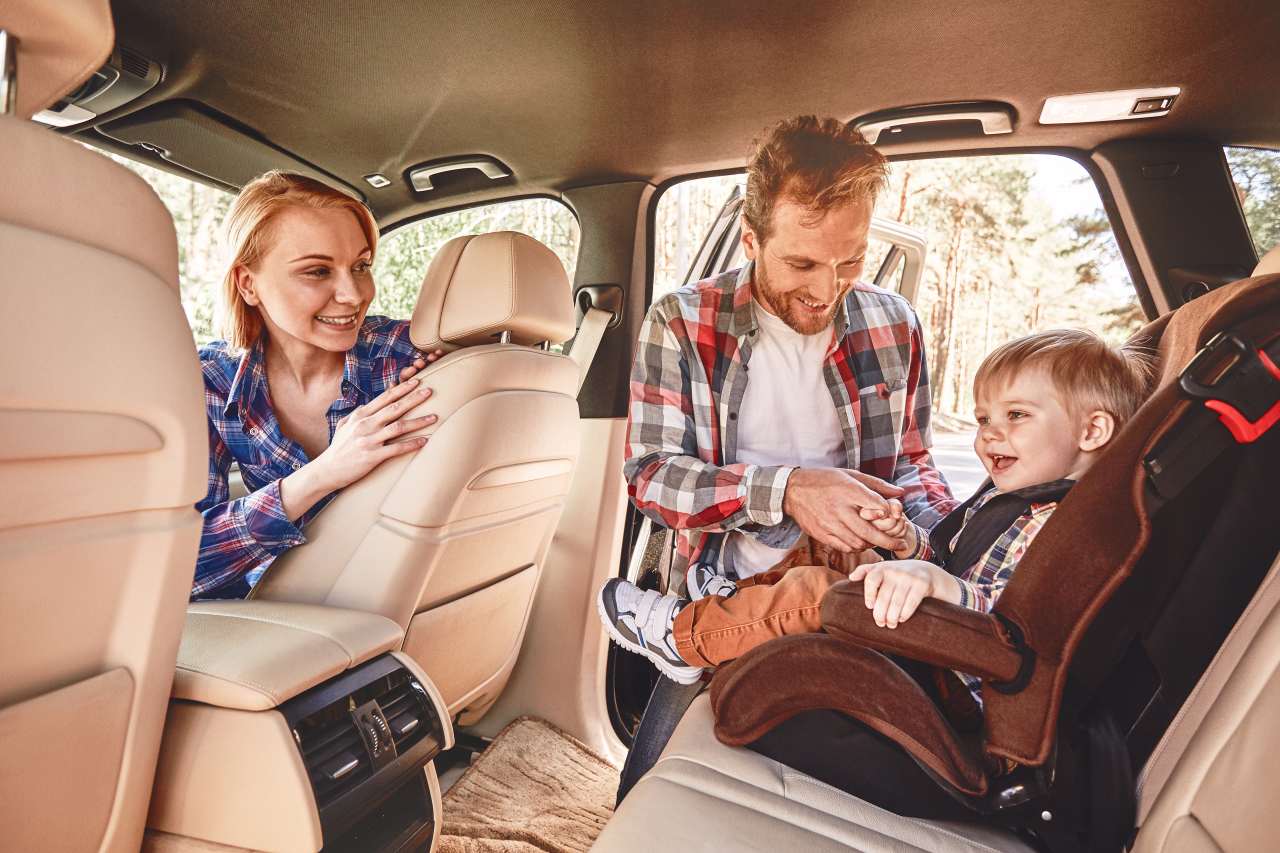











.jpg)

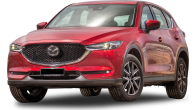
















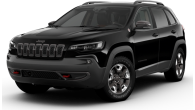

















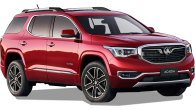
.png)

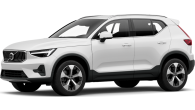


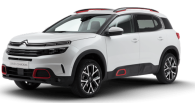



.png)




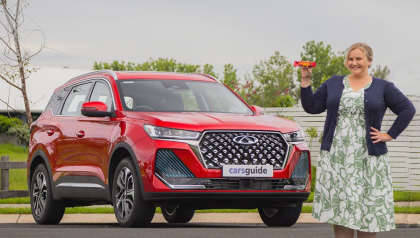
.jpg)



